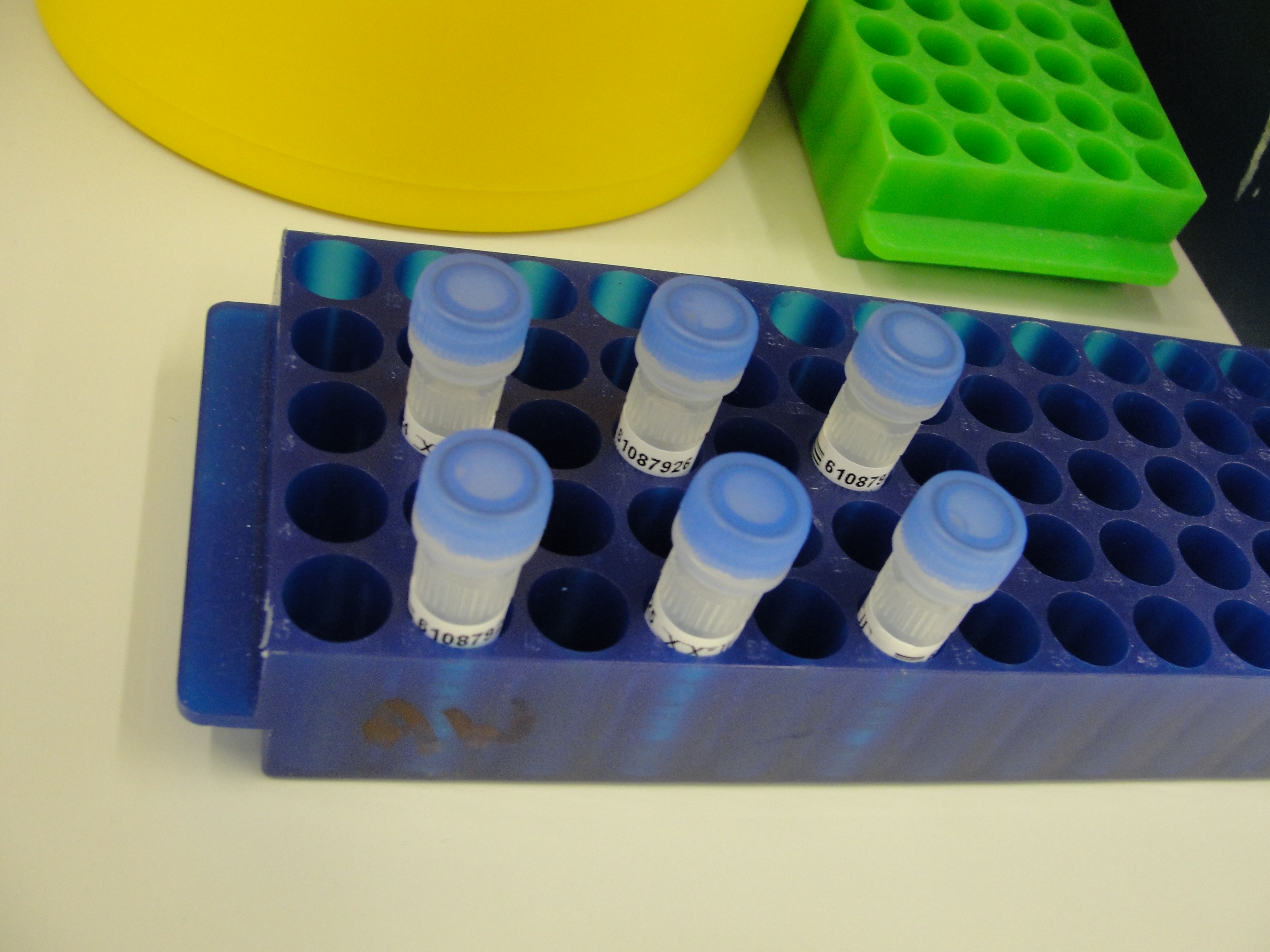Team:Newcastle/10 August 2010
From 2010.igem.org

| |||||||||||||
| |||||||||||||
Contents |
Subtilin Immunity BioBrick
Aims
Lab work today will involve the rehydration of the primers that arrived today. The six primers ordered are Primer 1 P-1, Primer 2 P-2, Primer 1 S-1, Primer 2 S-1, Primer 1 T-1 and Primer 2 T-1. The other primers are Primer 1 V-1 and Primer 2 V-1, which we already have in stock, therefore no rehydration will be needed. (Primer 1 = Forward primer and Primer 2 = Reverse primer).
After the primers are ready, Phusion PCR will be performed, using four different template DNA: Plasmid Vector, Promotor & RBS, spaIFEG gene cluster and Double Terminator.
For more information about the subtilin immunity BioBrick, please see the cloning strategy for subtilin immunity (Link)
Materials and Protocol
Please refer to the DNA Re-hydration protocol.
Please refer to the Phusion PCR protocol.
| Tube | Part to be amplified | DNA fragment consisting the part | Forward primer | Reverse Primer | Melting Temperature (Tm in °C) | Size of the fragment (in bp) | Extension time* (in seconds) |
|---|---|---|---|---|---|---|---|
| 1 | Plasmid Vector | PSB1C3 | P1V1 forward | P2V1 reverse | 53.3 | 2046 + | 70 |
| 2 | Promoter and RBS (pVeg-SpoVG) | BioBrick Bba_K143053 | P1P1 forward | P2P2 reverse | 51.7 | 139 + | 15 |
| 3 | spaIFEG Gene Cluster | B. subtilis ATCC 6633 | P1S1 forward | P2S1 reverse | 46.0 | 2753 + | 110 |
| 4 | Double terminator | pSB1AK3 consisting BBa_B0014 | P1T1 forward | P2T1 reverse | 50.9 | 116 + | 15 |
Table 5: This table shows the four different Phusion PCR reactions that were carried out today. If this is successful, the four parts can be ligated together for the construction of subtilin immunity BioBrick with the help of Gibson Cloning method.
- The extension rate of the Phusion polymerase is 1 Kb/ 30 seconds. Thus the extension time of each and every PCR reaction is slightly different.
- Please note: The newly arrived primer tubes have to be handled with extra caution, because they will be the main stocks which working stock solutions will be made from. Therefore, gloves have to be worn, as well as preventing any contamination. Water will be used in order to liquefy the primers and the water used will be from Pure Lab Distilled Water.
Results, Discussion and Conclusion
For results, discussion and conclusion, please refer to tomorrow's Lab book on 11 August.
Go back to our main Lab book page
 
|
 "
"
